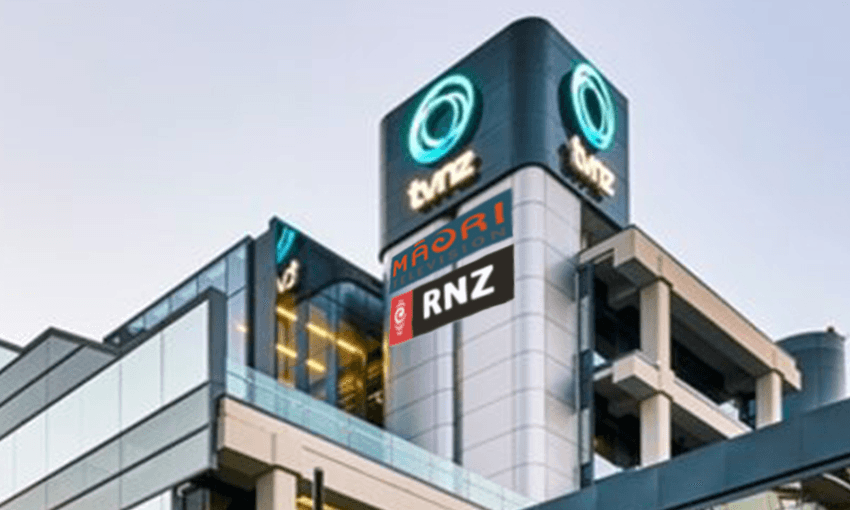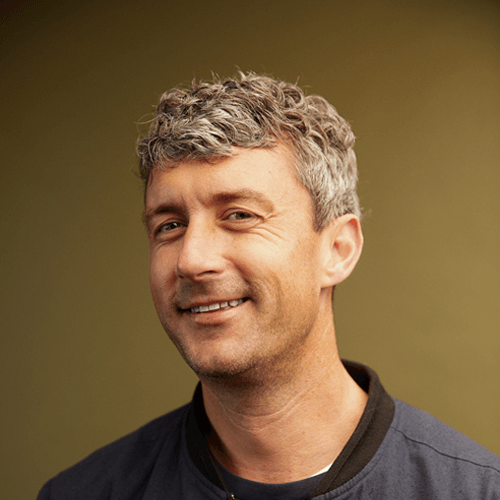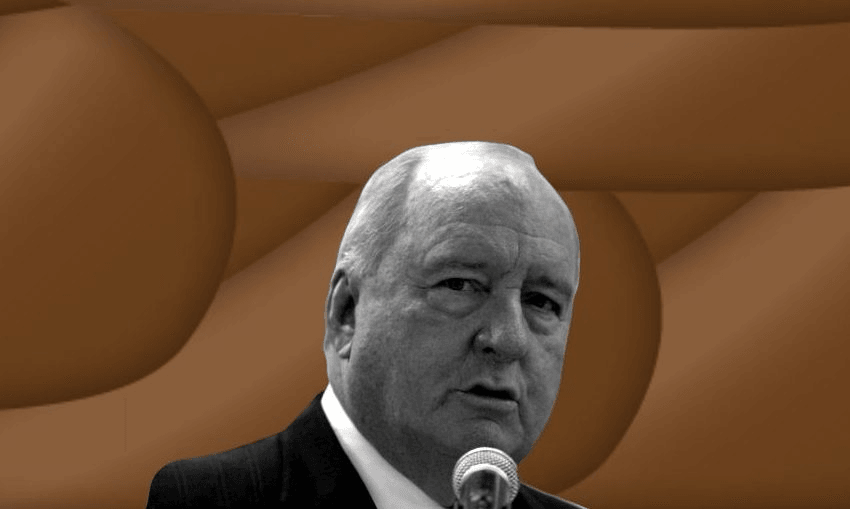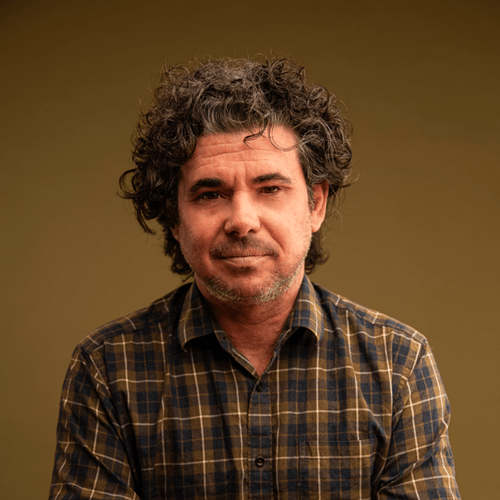Could a new hybrid of all the government’s major media holdings solve multiple media and government problems?
The media industry, despite what some of us might like to believe, really doesn’t matter all that much economically. Doesn’t employ all that many people. Relatively low wage. Provides a vital service that keeps your democracy vaguely upright and functions as a glue that holds us all together. Which is something I guess. But its epic decline in value and profitability hasn’t impacted our GDP in any meaningful way.
Yet it’s a very noisy industry. Big personalities, prominent brands, capable of causing or resolving chaos. And it’s suffering like never before. MediaWorks’ head of news Hal Crawford lifted the curtain on that in an extraordinary opinion piece published on Thursday, talking about the cumulative impact of all the redundancies and assignments turned down. Lest it be seen as one business complaining about its lot, the CEO of Stuff, Sinead Boucher, applauded the piece for its candour. MediaWorks’ CEO is openly wondering about what a world with only state-owned TV news looks like. All media execs will privately admit to the need for some structural change, with unavoidable implication that without it something ugly and public will happen.
This is not solely of interest to industry nerds. Were one of the big media companies to suffer a major catastrophe during an election year, it would cause an outsize reaction. A receivership, a shuttering of a renowned brand or title, mass redundancies – any one of these would inevitably be seized upon by the National opposition as evidence of poor economic management. Doom, and also gloom.
Additionally, the staff and personalities involved are unlikely to go quietly. Think about the passions aroused by the battle to save Campbell Live, then imagine it’s a medium-sized town losing its daily paper, or a TV channel essentially erasing its news division. A few dozen jobs in this industry can create larger ripples than hundreds of jobs in manufacturing. That’s not right, but it’s the reality.
Like low business confidence, that kind of narrative, once established, is very hard to counteract. That this problem is not of the government’s own making hardly matters – it’s an event happening on its watch. Labour’s critique of John Key was that he did very little. Smile and wave. Will this government smile and wave as the media drowns?
There are a few different options as to what it might do. It could amplify and expand the scope of NZ on Air, aiming to bridge the enormous funding shortfall which has developed over the past 30 years. It could divert some of its proposed digital services tax toward creating public good media. It could do as Labour threatened to during the 2017 campaign, and power up RNZ, which would be great, but also do almost nothing to alleviate the crisis in private media. It could (and should) strongly suggest government agencies stop being such enthusiastic clients of Google and Facebook, where it is leading the charge, and instead prioritise local media with their spend.
Or it could do something really transformative. Something which was being whispered about in media and advertising circles, and Stuff’s Tom Pullar-Strecker explicitly pondered yesterday. Which is to consolidate all the major government media holdings inside one huge and largely non-commercial entity.
A unification of RNZ, Māori Television and TVNZ 1 as charter-driven, ad-free public-good broadcasters would be costly, but not break the bank. A drop in the provincial growth fund bucket (some of the funding could even come from there, as regional news deserts are among those poorest served by the current media structure).
Critically, it would be a relatively easy policy sell among both NZ First and the Greens and likely popular with the voting public. No one complains about missing the ads.
A unified entity could lean into the strengths of all three organisations. RNZ has easily the most comprehensive newsgathering operation. Māori TV is a powerhouse of indigenous culture and content. TVNZ is currently the best-run media business in New Zealand, with a matchless archive, the best digital infrastructure and easily the strongest local content slate. One its CEO is already talking about heavily expanding.
Removing advertising from Māori Television would have very little impact on its bottom line – its most recent recent annual report indicated that commercials brought in less than a million dollars.
TVNZ 1 would be utterly transformed, and would need at least $100m in direct funding, along with continued access to its generous share of NZ on Air’s budget. Care would also need to be taken to ensure that commercial-free didn’t also equal dull and worthy. It really doesn’t need to radically transform what it puts out – some more cynical programming would be dropped, and some unequivocally public-interest shows would be given better slots. A greater effort could be made to make it an all-ages network, rather than the older skew it has now. But its quiet shift toward a more public-focused programming over the past few years means it’s well-equipped to make the move.
To ensure that digital consumers aren’t second-class citizens, an ad-free mirror (something apparently already contemplated, but as a paid subscription product) of the current TVNZ OnDemand platform could host both the TVNZ 1 programming and other more youth-oriented material commissioned from throughout the three-headed hybrid. Its kids platform HEIHEI and youth video platform Re: already show the way here.
TVNZ 2 and Duke would be somewhat orphaned in this scenario, but could continue to operate on a commercial basis, in an inversion of the scenario of the ‘00s, when the non-commercial TVNZ 7 sat a little uneasily within the TVNZ mothership. While both have much lower 5+ ratings than TVNZ 1, it’s reasonable to expect that there would be uplift in the ad rates commanded across the commercial television sector, and with greater product differentiation audiences shouldn’t decline too badly. New Zealand has very low CPM (cost per thousand viewers) prices for advertising inventory by world standards, as its own CEO told RNZ’s Mediawatch last week, largely due to a glut of supply. This would start the process of fixing that.
When combined with the efficiencies of scale, this would allow the two commercial state channels to continue to operate on at least a break-even basis while the great digital transition continues to play out.
That such an overhaul would be resisted by all the entities involved is inevitable. Each has its own distinct culture and identity. Commercial people and public media people see the world differently. There would be very legitimate concerns around a loss of agency for Māori Television, so it would be imperative for its position to be handled with extreme care. RNZ would be worried that its own finely honed, lifelong public media values would be tainted in the merging with TVNZ.
Yet of the three, the stiffest resistance would naturally come from TVNZ. It’s the largest, the richest, the most powerful, its stars the brightest. Its commercial nature is bone-deep, though that is not the terrible thing some critics would paint it as. As much as it’s a pain in the ass having to earn your money, it also helps you feel a deep connection to your communities. You understand, on a quite fundamental level, the challenges of commercial and non-commercial entities by talking with them about their organisational fears and goals, and how your inventory might solve them.
More than that, TVNZ would rightly worry that a particular lifestyle would be lost by going non-commercial. On Wednesday night two colleagues and I walked around the corner from our offices to the Glasshouse, the plush venue where TVNZ 2 was launching the reboot of Celebrity Treasure Island. It was an extremely fun event – packed with celebrities (the clue is in the name), cocktails and sparkling wine flowing, agency and clients partying, and it crackled with the very specific energy that only TV launches possess.
Those events, that feeling – it’s part of what makes commercial broadcasting such a fun industry. There’s no good reason why that should have to end with the creation of this mega agency, but it would become more scrutinised and some variety of fun police would likely screw it up somehow.
For all that, the case for a megamerger is compelling. There is a large section of the population who view the absence of a major commercial-free public media outlet with disquiet. RNZ does extraordinary things, but is severely limited in its digital scope by its budget. And Māori Television’s work would be far more widely viewed were it to be better distributed, while also protecting its kaupapa.
There’s as strong an argument for the great consolidation in that this is likely the cleanest way of averting this growing media crisis. The $170m or so that TVNZ 1 currently receives in ad revenue would not just vanish – much of it would flow into the entire media sector. Some to Facebook and Google, but a decent enough amount to all local media to make a difference. To let it breathe, and invest to grow new models. Those who suggest they should have done this years ago are half-right, but there have been multiple false dawns throughout, from ad-funding to Facebook video, and anyone who says they understood exactly how it would play out ten years ago is lying.
The parallel argument is around media diversity. “A democratic government has to protect democracy,” MediaWorks CEO Michael Anderson told me a few weeks back in an interview that openly assessed the potential for Three as a channel to just disappear. “Certainly the government could never find itself in a situation where [there’s] a monopoly on broadcast news. Just for the perceived conflict, you know. It doesn’t work for democracy.”
MediaWorks is far from the only company buckling. A senior editor at one of our biggest commercial media organisations recently opened a news meeting by cheerily saying, “well, the news is: we’re fucked”. They were half-joking, but that weight is on everyone out there right now, especially as the pre-recession tremors get longer and stronger by the day. The advertising which largely funds our media is a classic discretionary spend. If we do get a hard market correction, a freeze on marketing from some quarters is highly likely. With media as tight as it is right now, that would immediately turn the timeline for extinction events from months to weeks.
While the media is a widely loathed institution, for reasons both compelling and asinine, few sensible people believe that the solution is less of it.
This merger solution, for all its faults, would provide the flicker of light in this dark that all those in media are seeking, something which could get banks lending and boards approving hires. It does require a substantive change in the structure of this industry. Given that the Commerce Commission – whose recent decisions appear more antiquated and bloody-minded by the day – is unwilling to let any kind of private sector consolidation happen, then maybe government consolidation is the best way through.
Yet the problem-solving it does for commercial media is ultimately less important than the upside it contains for the country and its democracy. A combined government mega-media agency would help paper over one another’s cracks, and create a kind of rebooted NZBC, one which could safeguard New Zealand against some of the chill political winds blowing around the world. Keeping it independent, free and without favour would not be that arduous – as Crawford wrote, we already have that with the state-funded judiciary.
It could address the media and political disengagement of minorities in a sustained and organised way, and if well-run would easily outperform its spend. More than that, it would create something which develops talent, expresses our diversity and reflects our culture and nature along the way. Which takes the best of all three organisations and makes something, bright, new and fit for the future.
One way or another, there’s big news coming out of the media sector. A rebooted NZBC might be the best the public and industry could hope for.





